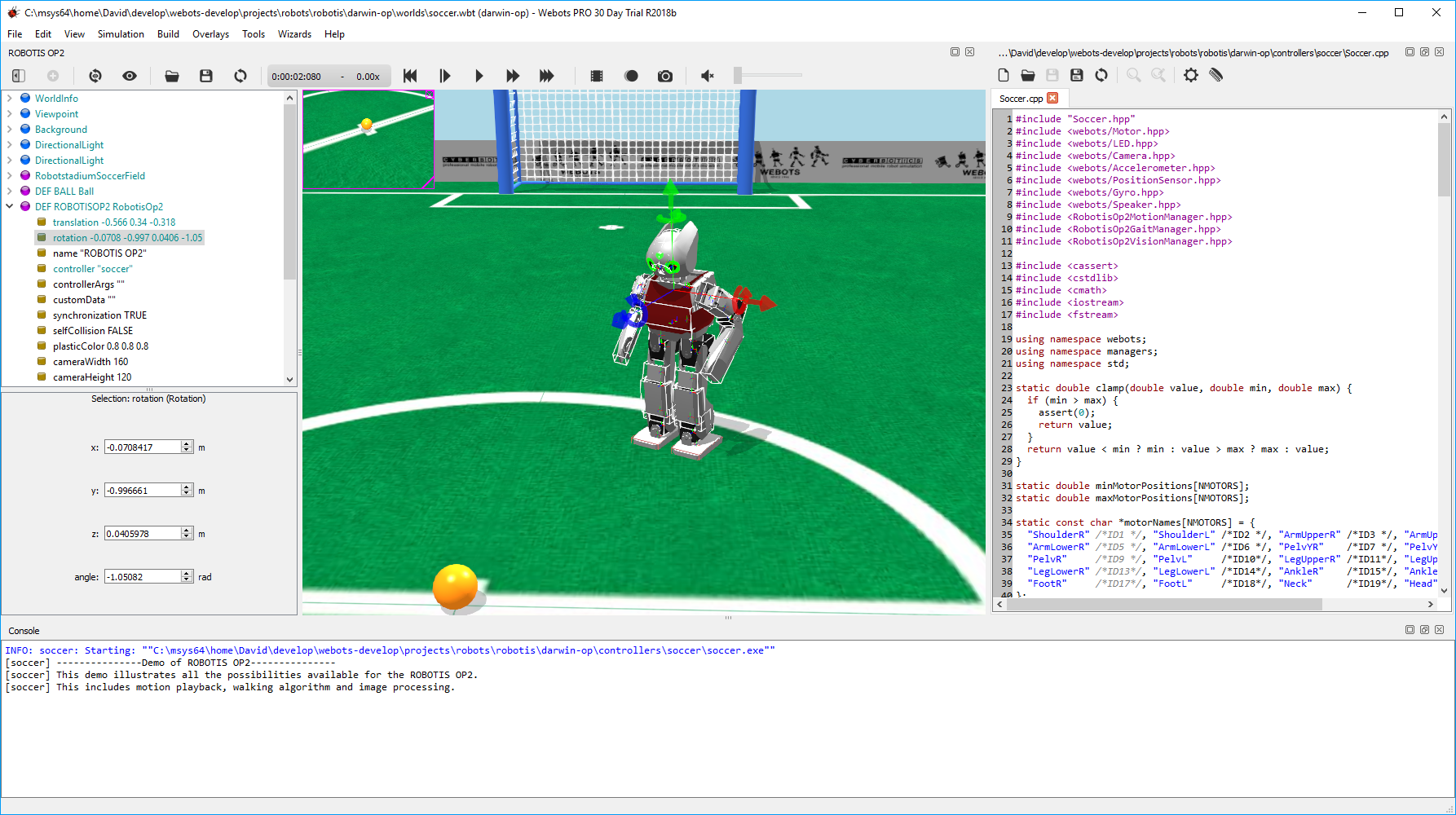

Individuals with Down syndrome have some common physical characteristics and also cognitive delays that affect their learning process and social lives (Patterson, 2009). Down syndrome, one of the most common cognitive problems caused by a chromosomal disorder, was the focus of this study. Since cognitive ability is an important factor affecting the learning process, any kind of cognitive disorder can make learning more challenging. Technology is a tool that can help teachers and learners by making education easier and more motivating. This study could be a starting point for a new line of research in second or foreign language instruction specific to people with Down syndrome. The findings of this study demonstrate the positive effects of using a humanoid robot to facilitate vocabulary learning and retention among people with Down syndrome who have issues with both language learning and verbal short-term memory and need to learn through visual activities, gestures, and games. Moreover, while both RALL and non-RALL groups retained the taught vocabulary, the RALL group showed a more satisfying result. The independent sample t-test on gain scores from pre-test to post-test revealed that there was a significant difference between the gains of the RALL group (M = 12.40) and the non-RALL group (M = 8.40), which indicates that RALL instruction had a large effect on the participants’ English vocabulary improvement. To measure the results, three English tests were run at different times during the teaching sessions (a pre-test, post-test, and a delayed post-test). Both groups received the same lessons to learn 40 English vocabulary in 8 sessions.

To this end, participants were divided into 2 groups of five, one with the help of the robot (RALL) and one without (non-RALL). This method is a new trend in using technology to teach classes called Robot Assisted Language Learning (RALL). I analyze a hip-hop battle and a neo-burlesque striptease number to show how the mobility and ambiguity of facial choreography opens a dialogic space through which meaning is generated and social and political critique take place.The present case study investigated the probable effect of applying a humanoid robot as a teacher-assistant for learning and retention of English vocabulary among 10 Iranian foreign language learners with intellectual disabilities, more specifically Down syndrome. With this in mind, I explore two dancing bodies that engage the face in ways that complicate existing modalities of facial expression.

Although their work offers an important critique of universalist theorizations of facial expression, I argue that “facial choreography” offers scope to dismantle the legibility of the face that is produced through the overcoded “abstract machine of faciality.” To do so, I introduce the concept of a “choreographic inter face” to explore how facial expression enters into a choreographic relationship with other faces and bodily territories. I therefore turn to Gilles Deleuze and Felix Guattari's (1987) theory of “faciality” to understand the semiotic coding of the face in relation to the Busby Berkeley chorus girl. In spite of its neglect, the face participates choreographically in the realization of aesthetic codes and embodied conventions that pertain to different dance styles and genres.

Although the face possesses potent social and symbolic meaning, the “dancing face” is rarely addressed in dance scholarship.


 0 kommentar(er)
0 kommentar(er)
